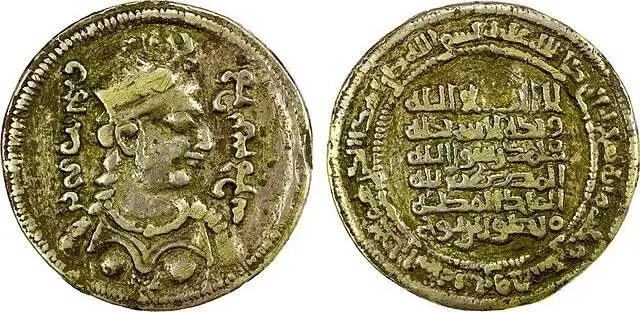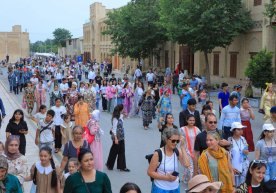
Namangan region has once again come into the spotlight with important news in the study of history and cultural heritage. According to the information of the regional khokimiyat’s press service, a manuscript from the 8th century and coins minted during the Abbasid period were discovered.
The collection of the Yangi Aksi complex, which is part of the Akhsikent archaeological park, was enriched with 68 new coins and 27 books. Archaeologists note that the silver coins from the Abbasid rule are distinguished by their elegant Arabic inscriptions.
The manuscript book is dedicated to various fields of science. It contains valuable information on geometry, mathematics, astronomy, and medicine. This work is considered an important source that shows the level of scientific development in that period.

In addition, among the finds were coins belonging to the Samanid and Karakhanid eras. It was also reported that coins minted in 1667–1670 in Sweden and in 1836 in Great Britain are present.
Experts emphasize that the first silver coins were issued as early as the 3rd century BC. On their obverse side — the front — portraits of kings were depicted, while on the reverse side — the back — images of various deities, sacred animals, or the names and tamgas of rulers were inscribed.
At present, excavations are still ongoing. Archaeologists emphasize that the discoveries arouse great interest not only among locals but also in the international scientific community.
Read “Zamin” on Telegram!Users of Меҳмон are not allowed to comment this publication.













